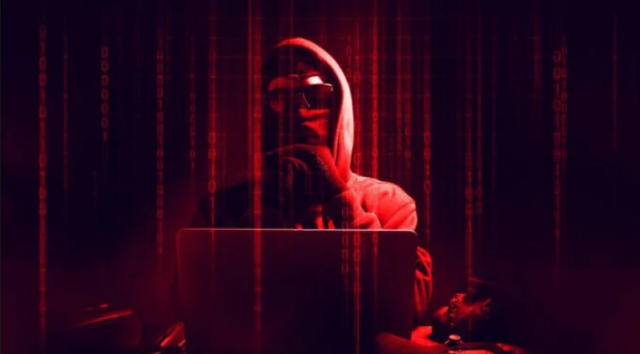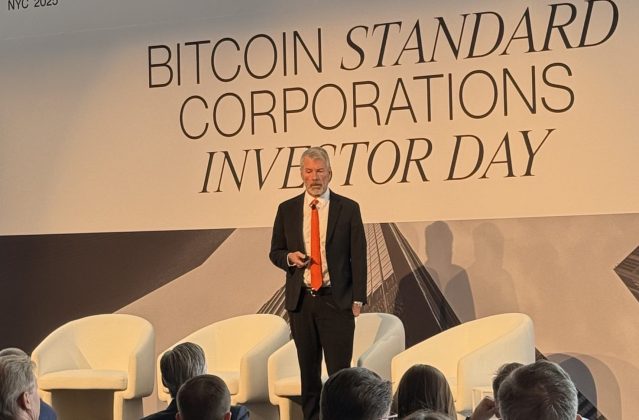Sphere Labs, a blockchain developer focused on facilitating stablecoin services for business clients, has announced a new fiat on-ramp and off-ramp designed to work within Telegram.
The bank-to-wallet extension will allow Telegram users to shift bank funds directly into their wallets and vice versa within the Telegram app for an advertised fee of 0.1% per transaction for early users.
The service will open to early users the week of May 27, and a full launch is expected later this year.
Although users from any non-sanctioned country can use the Telegram extension, they must associate the service with a United States dollar or euro-denominated bank account.

Telegram continues to be a hub of crypto innovation and development, with a host of bots and applications, like Unibet and the CoinGecko bot, creating a robust blockchain ecosystem on Telegram.
Related: Telegram's Pavel Durov is wrong about Signal — and has been for years
The Telegram Open Network (TON) is at the center of Telegram’s appeal to crypto investors, speculators, and enthusiasts.
TON leverages several components, including the TON Blockchain, TON DNS, TON storage, and TON Sites, to provide users with a one-stop shop for all their Web3 needs.
According to data from DemandSage, Telegram boasts an impressive 800 million monthly active users, with more than 52 million people using the platform daily.
DemandSage claims that a whopping 15 billion messages are sent over Telegram each day, and the app has been downloaded more than 1 billion times. Telegram is also expected to amass 1 billion users by the end of 2024.
Additionally, India ranks as the country with the most Telegram users, with an estimated 104 million users, making the platform a fertile ground to deliver fintech services to the developing world.
Expanding financial services to developing countries continues to be a core focus of the blockchain industry, with developers such as Ripple Labs and Standard Diamond Co. attempting to create novel solutions for those who lack adequate financial services in the 21st century.










